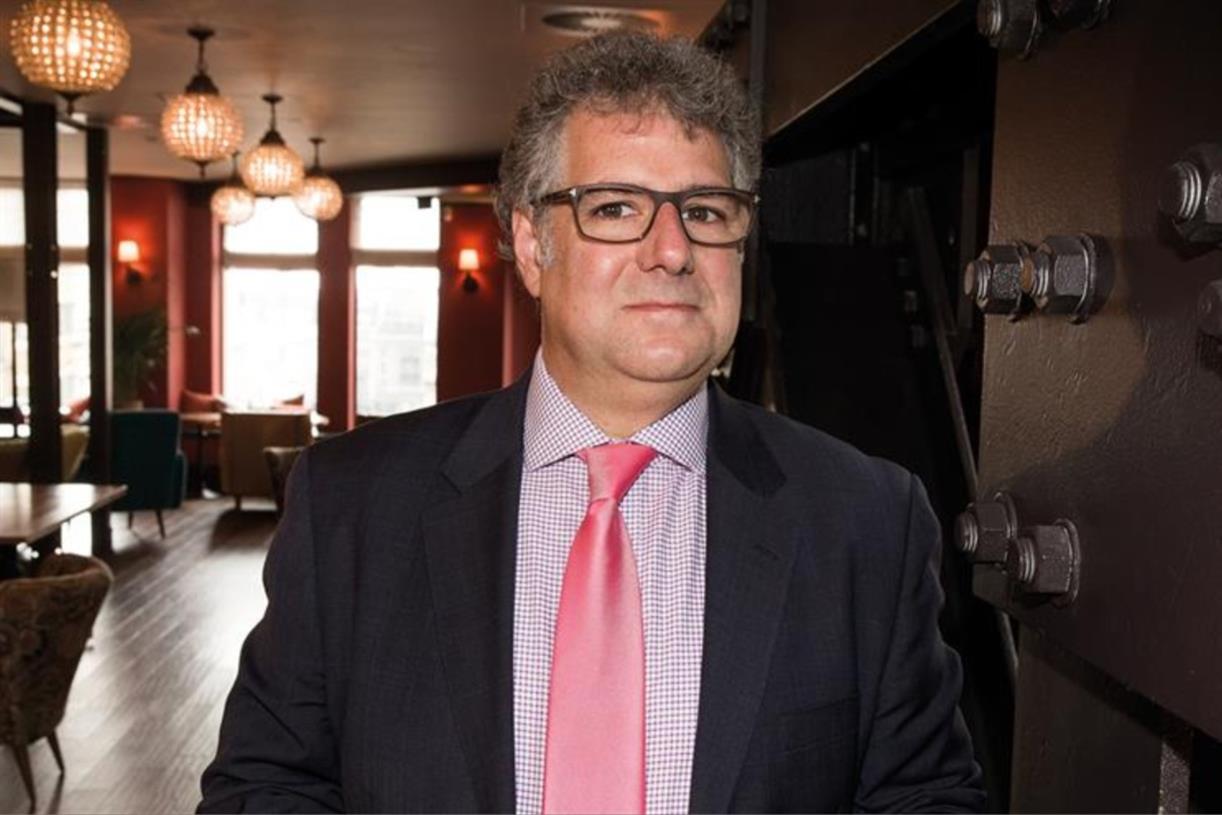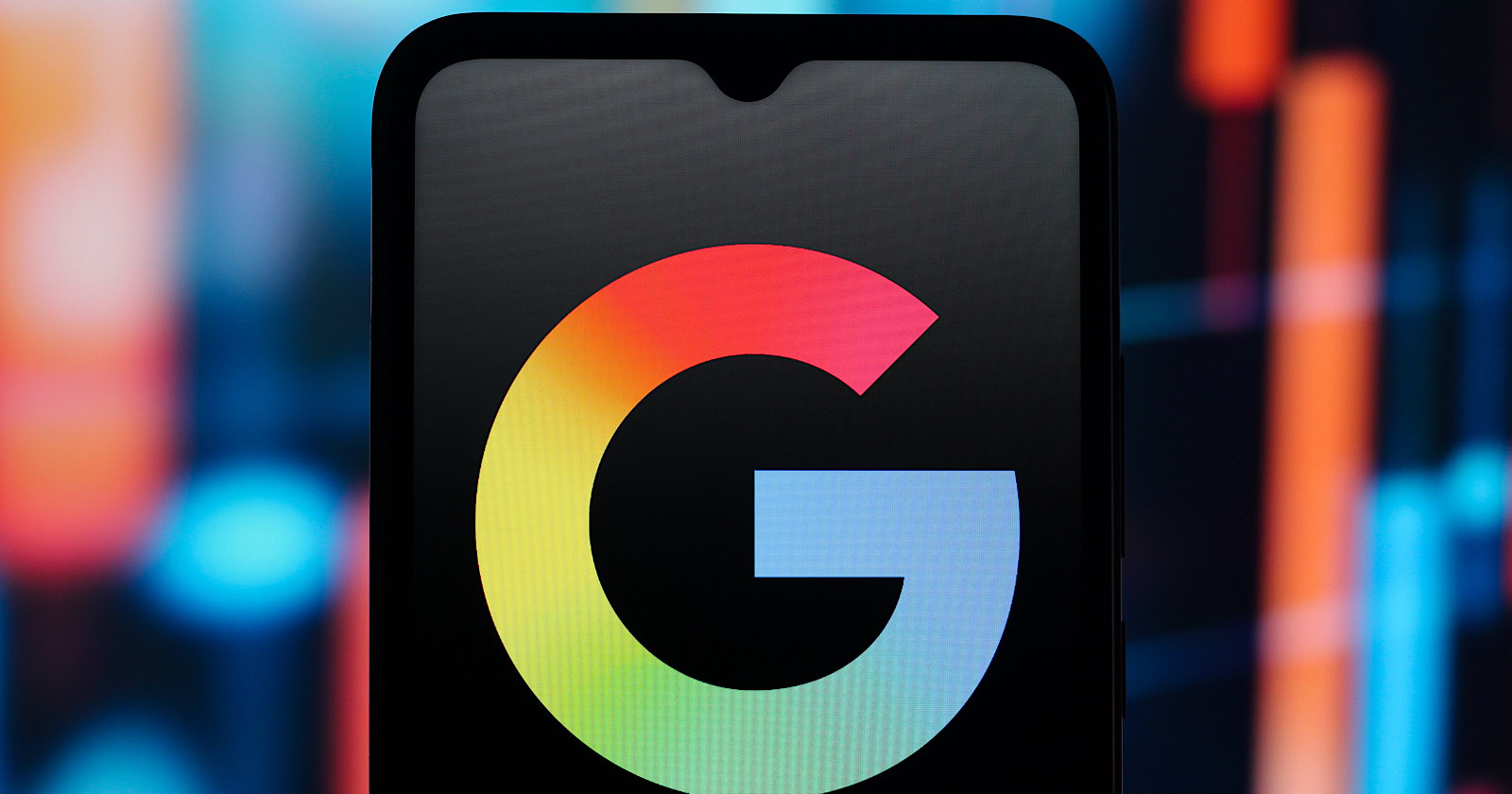ANA sets influencer marketing measurement guidelines in first for the industry
The Association of National Advertisers is looking to set some standards in a place that has few—influencer marketing measurement.

The Association of National Advertisers is looking to set some standards in a category that has few—influencer marketing measurement.
The country’s foremost marketer organization has issued its first guidelines for measuring influencer marketing, looking to create common ground for assessing the effectiveness of a fast-growing channel with widely disparate and confusing practices. The ANA is introducing the guidelines today at its Digital and Social Media Conference taking place through July 20 in Carlsbad, California, and available virtually.
The 12-page document offers standard definitions for awareness, engagement and conversion measurements attributed to influencers. It includes standard definitions for reach, cost per reach, cost per engagement and cost per conversion.
But a common marketer toolbox will likely prove challenging. For example, the guideline document details how each of the eight major social platforms for influencers—Facebook, Instagram, LinkedIn, Pinterest, Snapchat, TikTok, Twitter and Youtube—defines engagement differently. One platform considers a video auto-playing in feed as engagement, while another only counts such actions as likes, comments or shares.
Agencies, too, measure results very differently, according to the ANA. They often use proprietary algorithms for measuring success, which makes it hard for brands to evaluate impact of campaigns led by different shops and conceivably keeps agencies themselves from being evaluated head-to-head.
A recent report by Publicis Sapient and Launchmetrics found influencer measurement was one of the biggest measurement hurdles beauty, fashion and luxury marketers face. And in a statement, ANA CEO Bob Liodice noted that the ANA’s State of Influence report showed members identified challenges implementing measurement as the biggest challenge in implementing influencer marketing.
“These new guidelines will help all marketers harness the power of this important and growing discipline and help them maximize their ROI,” Liodice said.
The ANA cited Statista numbers showing influencer marketing as a $13.8 billion global industry, $3.7 billion of that in the U.S., apparently based on estimates by Influencer Marketing Hub, which said the U.S. market grew 26% last year. But yet another sign of non-standardization and definition haziness in the business is how widely estimates of its size have varied. PQ Media pegged the market at $80 billion in a 2018 ANA report. Insider Intelligence and eMarketer project the U.S. influencer marketing market will be $4.1 billion this year.
Amid all this, the ANA Influencer Marketing Advisory Board met with about 25 agencies that handle influencer campaigns as well as with the major social platforms to learn how they handle measurement issues.
The board is chaired by Casey DePalma McCartney, senior director-external communications and digital engagement at Unilever, with representation from Adobe, Bayer, Cigna, Hilton, Mastercard, Nationwide, Procter & Gamble Co., Puma, Reckitt, SAP, Sephora, Target and Wells Fargo.

 KickT
KickT 



















.jpg&h=630&w=1200&q=100&v=6e07dc5773&c=1)





.jpg&h=630&w=1200&q=100&v=f776164e2b&c=1)






